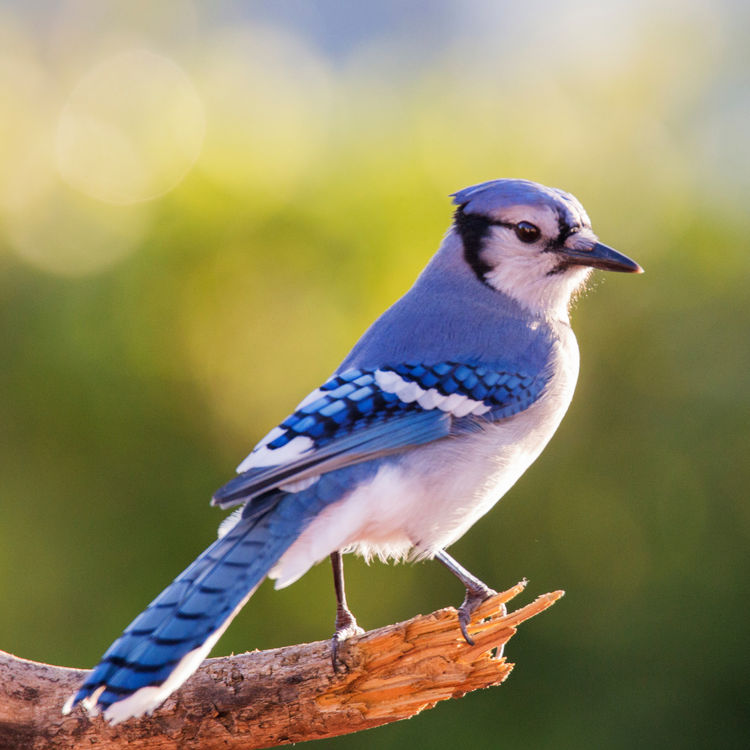Throughout the years, we’ve transformed research study, anecdotes and daily experiences into a whole constellation of tales regarding the method we affect our globe. Still, some voices may be missing from the discussion.
Yet what happens if those voices aren’t human whatsoever
? In Development Earth on PBS, Host and Evolutionary Biologist Dr. Shane Campbell-Staton hands the microphone to those on the front lines: pet types around the world – and the biologists, ecologists and other specialists that represent them. We talked to these experts to find out exactly how a couple of specific species are responding to human impact and what everybody can do to make a difference.Join Us teampiersma.org website
Editornote: Meetings have actually been modified for size and clarity.
The Story of Global Modification and Human Influence
Environmental adjustments are a story shared throughout every species on earth. The effects vary throughout areas and communities, but the many significant troubles have a tendency ahead back to one resource: human influence.
Certain, not every modification is completely our fault. Nature steps and progresses on its own, and it would likely have continued doing so if people were never here in all. The fact, nevertheless, is that we are below – so also natural shifts occur on a playing board of our very own design. Basically, virtually absolutely nothing happens in the atmosphere without being touched by human hands, tasks or ambitions.
We re impacting every corner of the world in some way, says Shane. Even the farthest, most uninhabited reaches of our globe are not secure from our influence. As a matter of fact, the existing age of life is actually specified by our influence on the planet: The Anthropocene – The Age of Humans.
Currently, those influences aren t constantly negative. It’s true that we re capable of doing so much great- like aiding heal the hole in the ozone layer or stopping the spread of invasive types. However, we’re similarly capable of causing or aggravating environmental issues, consisting of:
- Biodiversity loss
- Habitat damage
- Development of invasive types
- Increasing temperature levels
- Shrinking glaciers
- Boosted carbon dioxide levels
We re seeing the repercussions of our activities play out in real time, claims Shane. Types are going extinct at an amazing rate. All-natural ecological communities worldwide are being uprooted. Pet populations are being reshuffled around the globe – purposefully and inadvertently – and bringing new difficulties for indigenous species.
If we truly intend to recognize our effect, we can’t obtain stuck seeing the globe via human eyes. Rather, we require to get up-close and individual with the pets experiencing movement, adaptation, alteration and even potential termination in action to human activity.
Human Impact: Environment Adjustment
The world started linking the dots in between co2 and environmental shifts in the late 1930s. Ever since, we’ve discovered a great deal regarding just how our decisions and behaviors can have long-lasting impacts on the environment – for instance, climbing sea levels, melting glaciers and boosted international temperature levels.
Fortunately, two professionals from Advancement Earth are here to place things right into viewpoint. Below’s just how climate modification affects the types they examine.
Edith’s Checkerspot Butterflies Moved To New Region
Biologist Camille Parmesan is seen by an Edithcheckerspot butterfly.| Credit: © duplicate; Interest World Ltd/Owen Bissell
You might not think of butterflies as specifically strong, but you might be shocked when you fulfill the Edith’s checkerspot butterfly. This delicate animal has a life process of just 10 days and still takes care of to make it through in a snowy environment where even human beings would certainly have a hard time.
Ecologist and Climate Modification Expert Camille Parmesan has been fascinated by the Edith’s checkerspot butterfly since 1996, when she started going to 4,000 websites throughout the united state to track this species’ habits. She found that, while some populaces were going in your area extinct, others were thriving in settings where there shouldn’t have been butterflies whatsoever
. It ended up that the bugs were moving toward cooler weather and saying goodbye to the home heating equator. When the world needed evidence that environment modification was occurring – which animals were responding to it – Camille and her butterflies supplied.
This varieties’doesn t move a lot; most individuals die within a hundred meters of where they were born, she states. This stay-at-home actions has enabled the butterflies to advance a lot of local adjustments’, implying that various populations are genetically adjusted to live in specific habitats and feed on certain plants.
This isn t just fascinating- it’s likewise an excellent way for us to read more regarding how species reply to enhancing temperature levels and other altering environment or weather patterns. As Camille clarifies, Some populaces of Edith’s checkerspot butterflies have endured a very high neighborhood termination rate with current boosts in droughts, fires and warm front that are all a part of climate modification. Yet various other populaces, with different ecologies – different regional adjustments – are rather durable. As a whole, populations at the greatest altitudes are succeeding, while those in naturally hotter and drier regions are doing poorly.
Probably unsurprisingly, the butterfly isn’t alone in this tale of climate adjustment. More than half the types that exist are being influenced by environment adjustment in some way, she claims. Shifts like warmer temperatures have actually substantially transformed the environment and geographic variety of numerous marine fish, trees, birds and butterflies throughout the world. She includes that acquainted instance is the polar bear, which has needed to watch as sea ice thaws and tasty seals obtain harder to locate.
And it’s not just pets, either. The impacts are also being directly really felt by us humans – not since we are likely to go extinct, yet because our food products and our degree of social organization are sensitive to climate adjustment, she clarifies. The comfy way of livings and health that much of us currently take pleasure in are set to undertake remarkable and undesirable shifts.
Zebra Finches Sing a Distinct Song
According to regional tale, the zebra finch can conserve lives by leading individuals to water. However, dehydrated people aren’t the only ones that get a little assistance from this bird. As Behavioral Environmentalist Dr. Mylene Mariette understood, the finch sings an unique tune to its unhatched eggs. Study reveals chicks that listen to the warmth song are smaller sized and have a far better chance of survival in warmer temperatures.
Although this isn’t a new habits, it does tell us something vital concerning the finch’s adaptability: It is because the zebra finch is exceptionally well adjusted to the desert setting that it can, somewhat, manage climate change, states Mylene. Because they progressed in a really dry location and live on a diet plan of dry seeds that needs them to consume every day, zebra finches are very efficient locating water.
Obviously, not every types could make it through an altering environment in this way. They all have one-of-a-kind approaches to handle heat, says Mylene, and they ll need to become better at it to persist in warming up temperatures. Exactly how well pets adapt relies on what they consume, just how large they are and whether they can utilize sanctuaries to get away the warmth.
She contrasts 2 species as an instance: kangaroos and her zebra finches. The previous consume turf and leaves, while the last consume seeds. Even when the turf has actually dried out, finches can still locate seeds fallen on the ground. They can thrive when the kangaroos are battling. She claims this can bring about varieties with smaller sized ranges, or much less mobile species than the zebra finch, likely going extinct. Whether adjustment can take place faster than environment adjustment is a large and essential question, to which we just have the beginning of a solution.
Does every one of this mean that the zebra finch is completely unsusceptible to environment adjustment influences? However, Mylene claims also this little hot-weather hero is battling. It s doing well compared to many various other types, however it’s already beginning to be impacted by climate change, she describes. A lot of bird types release warmth by panting like dogs rather than sweating like humans, however they get to a point where this isn’t sufficient. That s why a massive number of individuals pass away of dehydration or overheating.

